Invented by Sean Calhoon, Digimarc Corp
One of the key factors driving the market growth is the rise in online piracy and copyright infringement. With the advent of the internet and digital technologies, it has become easier than ever to copy and distribute copyrighted content without permission. This has led to significant revenue losses for content creators and rights holders. Digital watermarking provides a solution to this problem by enabling the detection and tracking of illegally distributed content.
Another factor contributing to the market growth is the increasing demand for content protection in various industries, including entertainment, publishing, and e-commerce. Content creators and distributors are increasingly relying on digital watermarking to protect their intellectual property and prevent unauthorized use or distribution. For example, in the entertainment industry, digital watermarking is used to protect movies, music, and other digital content from being illegally shared or pirated.
Furthermore, the growing popularity of social media platforms and online sharing has created a need for digital watermarking applications that can protect user-generated content. Many individuals and businesses are now using digital watermarking tools to add their logos or trademarks to images or videos before sharing them online. This not only helps in establishing ownership but also serves as a form of advertising or branding.
The market for digital watermarking applications is also driven by advancements in technology. With the development of sophisticated algorithms and high-speed processors, digital watermarking techniques have become more robust and efficient. This has expanded the range of applications for digital watermarking beyond traditional media, such as images and videos, to include emerging technologies like virtual reality and augmented reality.
Moreover, the increasing adoption of cloud-based services and the proliferation of internet-connected devices have created new opportunities for digital watermarking applications. Cloud-based solutions enable content owners to track and monitor the usage of their copyrighted material across different platforms and devices. This not only helps in enforcing copyright laws but also provides valuable insights into consumer behavior and preferences.
In terms of geographical distribution, the market for digital watermarking applications is witnessing significant growth in regions like North America, Europe, and Asia Pacific. These regions are home to major content creators, technology companies, and digital media industries. Additionally, governments and regulatory bodies in these regions are actively promoting the use of digital watermarking as a means to protect intellectual property rights.
In conclusion, the market for digital watermarking applications is experiencing steady growth due to the increasing need for content protection and copyright enforcement. The rise in online piracy, the demand for content protection in various industries, advancements in technology, and the adoption of cloud-based services are key drivers of this market. As digital media continues to evolve, the importance of digital watermarking in safeguarding intellectual property rights and ensuring content authenticity will only continue to grow.
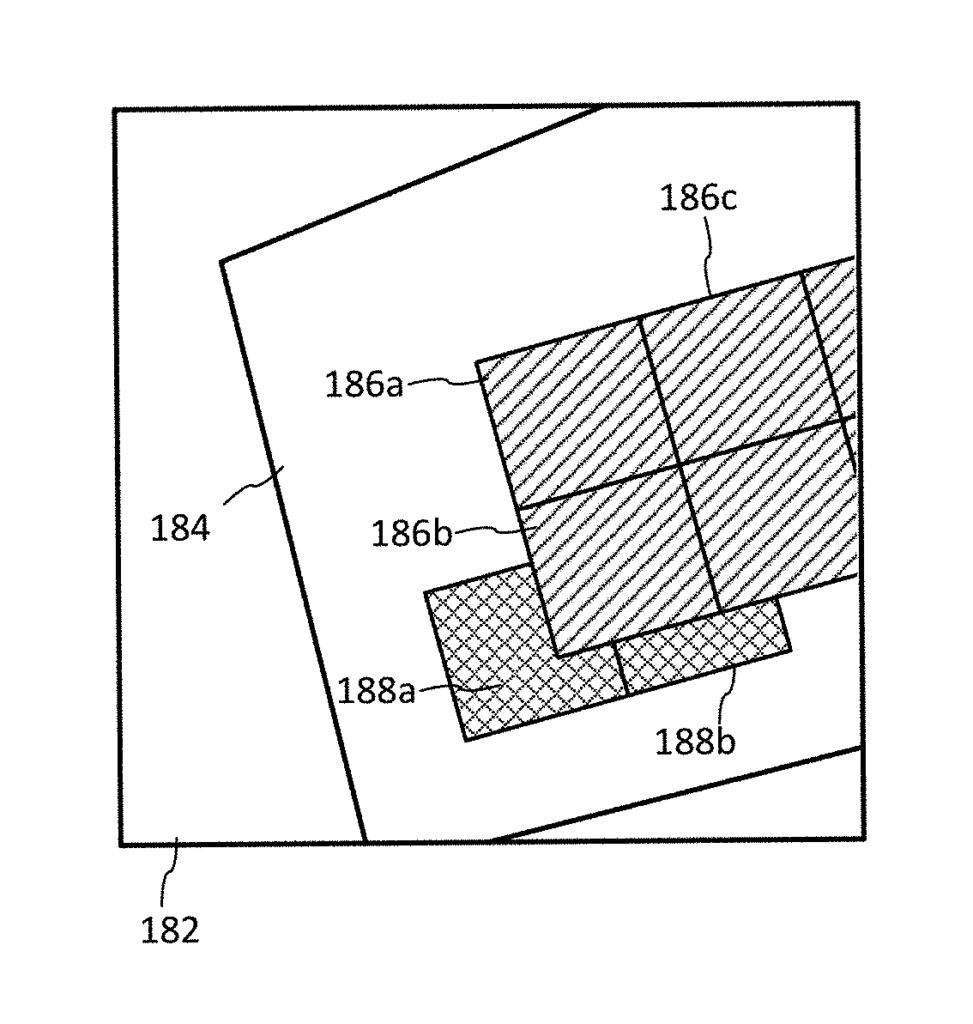
The Digimarc Corp invention works as follows
In one aspect, assembly of multi-part food packaging is checked by reference to payloads of steganographically-encoded digital watermarks printed across plural components of the packaging. The marking of all surfaces on the packaging components allows for arbitrary orientation in the assembly equipment and the placement of inspection cameras. A scanner at a retail check-out station can alert an operator if it detects a gap in the steganographic encoding of retail product packaging. “A variety of other features and arrangements are detailed.
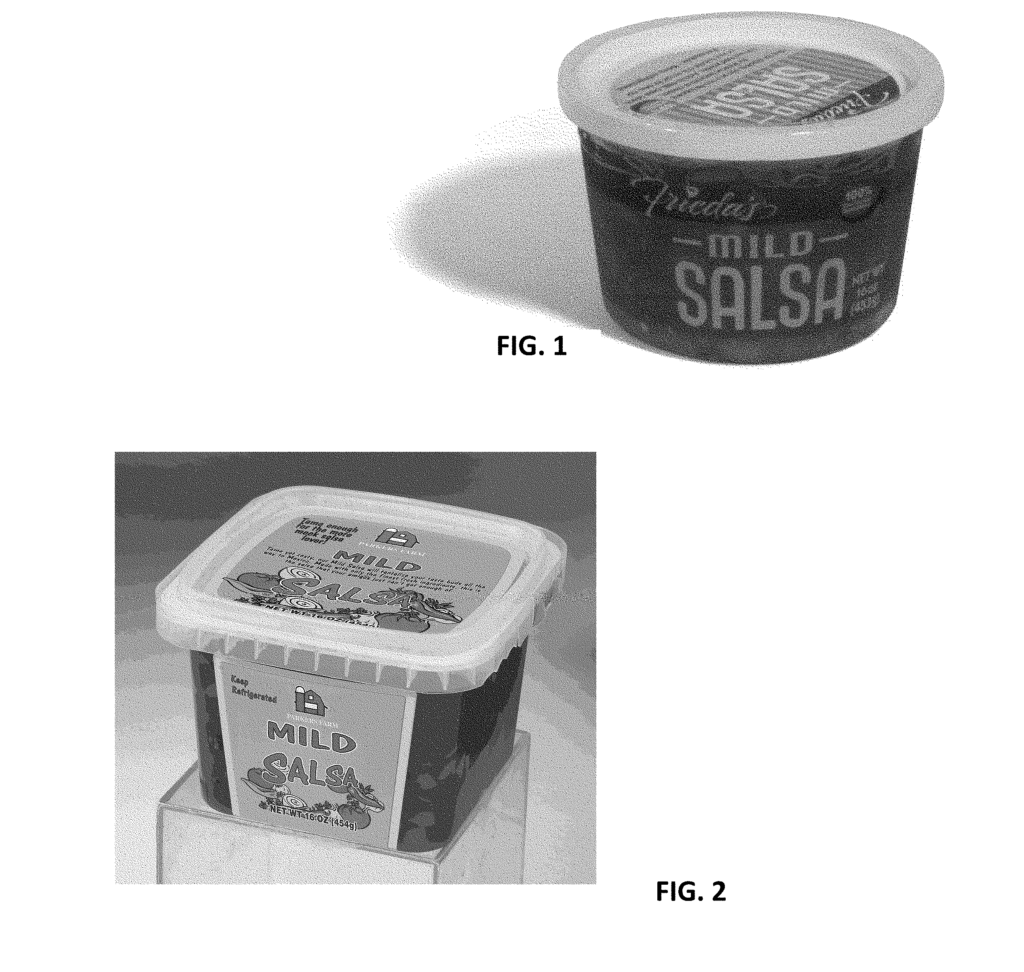
Background for Digital watermarking applications
Food is often packaged using automated production lines that can fill and cap thousands of containers an hour. Fresh salsa is a good example. The conveyor system presents paper or plastic containers under a filling tube that dispensings a predetermined amount (e.g. 16 oz.). A reservoir holds salsa. A flat lid is applied at a later station. The capped container is then passed by an inkjet printer that sprays paints the expiration date and the lot code on each container or lid. The container is then fed into a bundler, which secures the lid with a security tape ring by heat-shrinking it.
Similar arrangements are used with yogurt, ice-cream, sour-cream, dips (e.g. bean dip, onions dip), and many other jarred food items including baby foods.
Some consumers suffer from food allergies and other sensitivities. It is therefore essential that foods are labeled correctly. In the rush of a factory, or due to human error, sometimes, wrong lids can be applied. A lid that says it is for a gluten free version of a bean dip may be mistakenly applied to a container marked with gluten. A lid that says “Chocolate Ice Cream” is also a mistake. A lid indicating?Chocolate Ice Cream’ may be placed on a tub labelled and containing chocolate-peanut ice cream. These issues also arise in relation to casein, milk, high fructose-corn syrup, GMOs and other ingredients.
To address this issue, one aspect uses digital watermarks embedded in artwork on lids and containers of food. Each watermark carries a payload, such as the GTIN of the product that the packaging will be used with. A producer’s chocolate-flavored ice cream may have the GTIN number 0087932602588. This number is encoded as part of the payload for a digital ice-cream container watermark. The same number appears in a (different) ice-cream lid watermark.
On the production line, a camera inspects every tub before it’s filled and a camera inspects every lid before it’s applied. Software-programmed processors decode the digital watermark payload of each image and verify that they match. The GTINs in the lid and tub artwork can also be checked to make sure they match the identifier of the food being dispensed. A mismatch will cause an alarm to sound and stop the packaging line. The plant personnel can investigate the mismatch and correct the material flow if necessary (e.g. replacing the wrong lids with the correct lids).
In one particular embodiment, the containers are generally cylindrical (i.e., they are rotationally-symmetric about a central axis) and the lids are round, as shown in FIG. 1). The advantage of this is that the front of the container nearest the camera presents a stripe of artwork with a watermark that is usually squarely facing the camera. This allows the watermark to be decoded often without having to change the image geometrically to correct for the viewpoint distortion.
In another embodiment, the containers and lids are both generally rectangular as shown in Figure. 2. The advantage of this is that the container’s surface extends on a single plane. This means the distortion of the surface captured in the image will be uniform. The digital watermark signal contains spatial frequency-domain markers that can be used to compensate for distortion. This provides a large area of corrected artwork, from which it is possible to decode the digital payload.
In another embodiment, instead of sensing watermarked information before the components are combined, the check is performed after the combination. In the salsa example one or more cameras capture imagery of both the top and sides of a finished food container to verify, e.g. that the watermark encoded payload in the lid artwork corresponds with the watermark encoded payload in the container artwork.
Sometimes an extension string consisting of multiple symbols is added to the GTIN to differentiate product or label variations. A code separate from the GTIN may be used. IRMS numbers (also known as GCAS codes or PCEM codes), issued by Proctor and Gamble, are some of the proprietary codes available.
The present technology can also be used to check that multiple adhesive labels are applied correctly to a product.
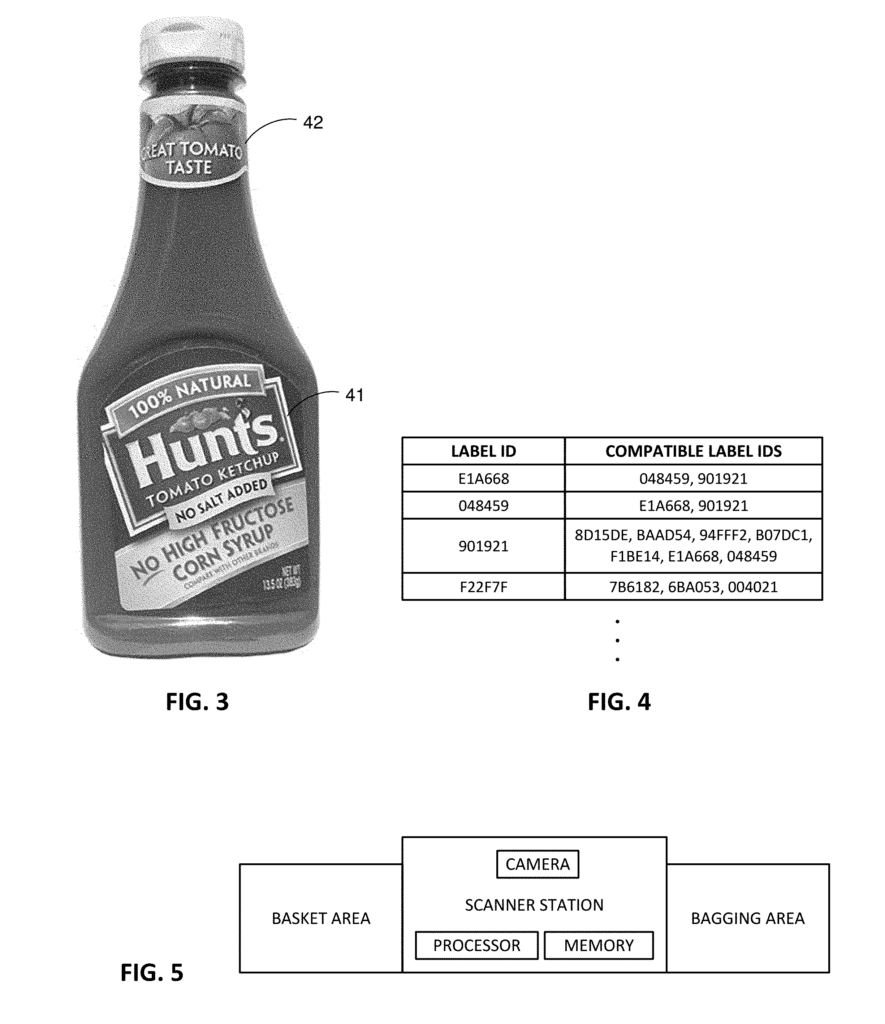
Consider a bottle or jug containing laundry detergent that has three labels. One label is on the front of the container. A second label is on the back. And a third one is at the neck. A barcode that encodes the GTIN of the product may only appear on one label, usually the second. FIG. FIG. 3 shows an example of a front 41 and neck 42 label on a catsup bottle. The back label has not been shown.
Again, I think it’s important to use such labels in groups. Printing on labels can help to convey the identifier for each label. In the past, Small Data Matrix Barcodes were used to accomplish this purpose, but they are distracting and take up space that would be better spent on communications with consumers.
According to an example of current technology, artwork for every label steganographically encodes a matching identifier for this label. Encoding can include both the GTIN and the label identifier. The two data can be combined to form a single payload and represented as a single pattern of watermark in the artwork. The two data can also be represented by separate watermark patterns, both of which are part of the label artwork.
A reference datastructure can establish the permitted combinations of labels for a product. A data structure could, for example, detail the identifier of a label, along with identifiers from all other labels that it can be properly combined with. For example, the neck label 42 shown in FIG. The text “GREAT TOMATO TAST?” appears on label 4. The front label (which includes text?GREAT TOMATO TASTE?) can be used for all types of bottled catsup. However, the back label 41, which touts, e.g. no salt and no high fructose-corn syrup, is only suitable for a smaller range of products.
FIG. “FIG.
In a packaging line for a product, cameras capture images of the multiple labels that are applied to the product. For example, label A, B, and C. A computer system checks the label A with the data structure in order to confirm its combination with the label B. It searches in particular the first column of an illustrated table to find an instance of label A’s identifier. It then searches for the label B in the adjacent cell of the second column if it is found. The system will declare an error if the label B is not found and take a corresponding measure (e.g. alerting an operator or stopping the production line).
The system checks label A with label C. Label B is also checked with C. Although theoretically redundant, these checks can reveal inconsistencies within the data structure. For example, checking that label C is used with A and B, or label C with A and B.
The table data structure in FIG. The table data structure of FIG. Other applications use more complex structures. A database can store rules that define the permitted uses of each label, and their exceptions. For example, the rules for neck label number 41 may specify its general application on all bottles of catsup but may also specify that it is not to be applied to the second Thursday each month. This occurs when the manufacturing line produces pallets of catup for a big-box retailer that has requested that neck labels be removed from its inventory.
Another use of this technology is to ensure that the most recent version of artwork is used. It is common to revise product packaging, for example, to conform to new labelling laws or to adopt updated artwork. “Again, the mismatching problem arises.
Ingredient substitution is an example of a good situation. A producer can alter the composition of a food by substituting FD&C Blue No. 1 to FD&C No. 2. The GTIN of the product may not have changed. The GTIN may be unchanged, but the producer must ensure that all products packaged after the changeover date are labeled with updated artwork?listing FD&C No. The producer must ensure that labels with updated artwork?listing FD&C Blue No.
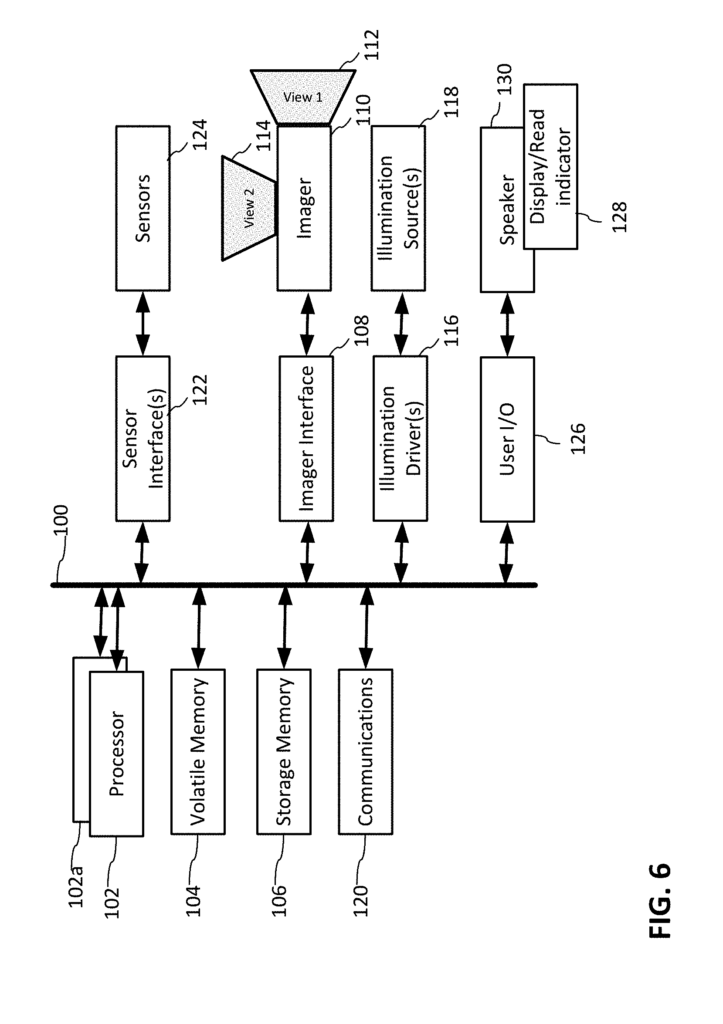
When the producer creates new artwork for a revised product label (e.g. including FD&C Blue No. In the printed list, a digital watermark is used to encode a new payload. The inspection equipment is programmed on the production line to look for the label that was previously identified by the payload, but now looks for the label with the new payload. If the inspection system detects labels that are not conforming, the corresponding action will be taken. (e.g. alerting an operator, stopping the production line, etc .).
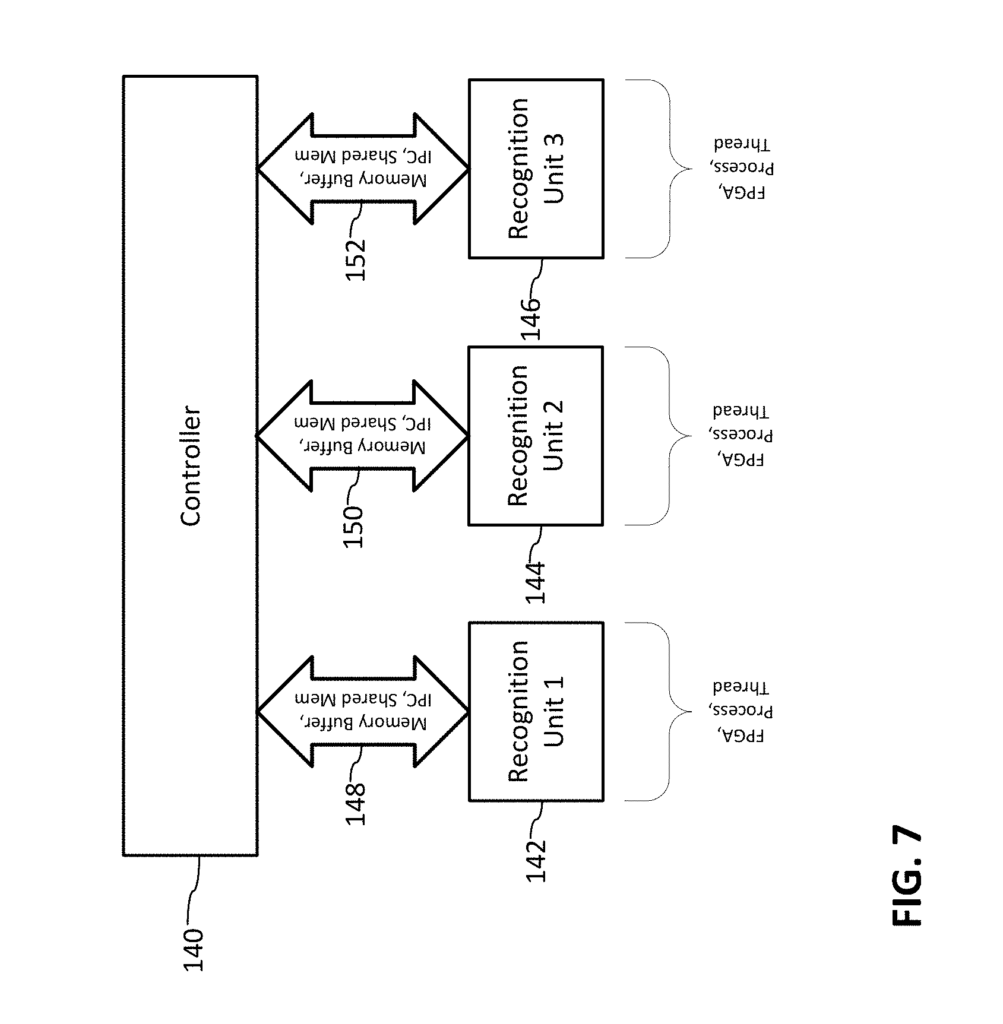
Click here to view the patent on Google Patents.
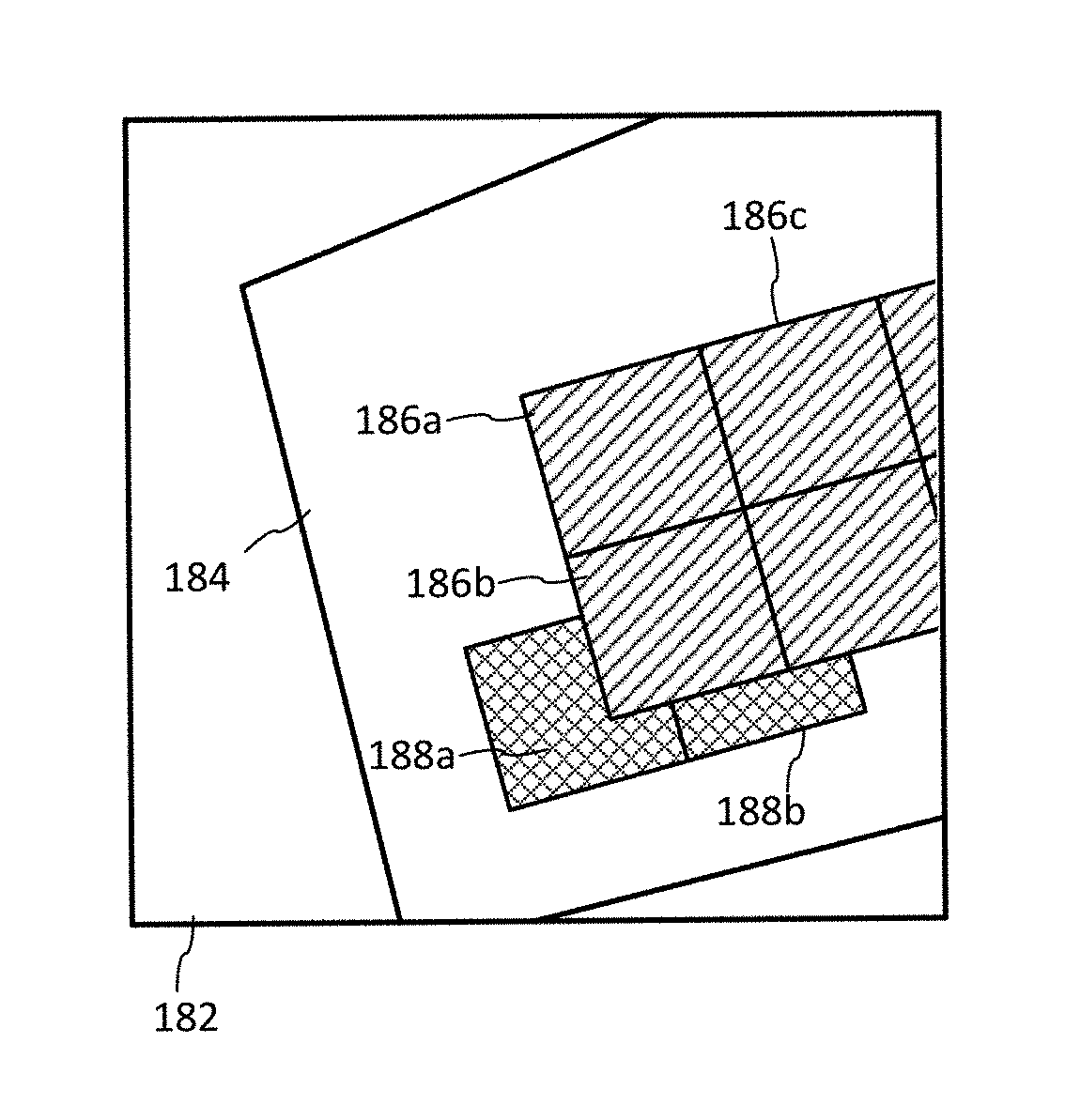
Leave a Reply